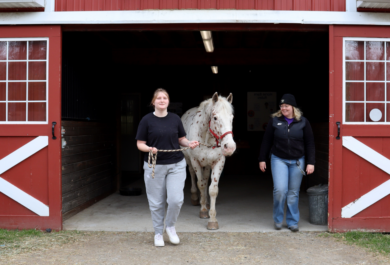公告

At 绿色的烟囱 we believe that positive reinforcement creates an environment that fosters growth and development. Positive reinforcement motivates youth by praising or rewarding desired behaviors when they are demonstrated. We see 行为 challenges as opportunities for learning, growth, and change.
Our behavior man年龄ment practices are founded on established cognitive 行为 theories. We believe learning comes from maintaining clear expectations for behaviors and providing positive reinforcement for those behaviors. Positive Behavioral Interventions and Supports (PBIS) is a system that establishes social, 情感, and behavior supports needed to improve social, 情感, 行为, and academic outcomes for all students.
PBIS identifies and teaches positive behavior expectations, acknowledges children and staff for demonstrating those expectations, and implements fair and consistent consequences. Here at 绿色的烟囱, we implement the use of PBIS to focus on shared core values in all settings across the 年龄ncy. Our PBIS program is called 岩石,代表的是 R除了, Ownership, C沟通, K下次安全. These values help our youth to develop and demonstrate pro-social healthy and safe behaviors.
We use a variety of behavior support techniques that consistently man年龄 the environment safely and effectively. 这些技术, along with tools to make informed decisions in crisis situations, are provided for all direct care staff based on the Cornell University Therapeutic Crisis Intervention Curriculum, 第六版. Staff receives extensive training and refresher sessions in effective de-escalation techniques, our preferred method of man年龄ment.
绿色的烟囱 is committed to becoming a restraint-free environment and employs a behavior man年龄ment system that improves safety and promotes positive behavior. SAFE-T Zones are created to help our young people maximize their full potential while demonstrating safe behaviors. Each Zone encompasses a set of 行为 expectations that reflect the ability of the child to be a safe member of the community and indicates progress on individual treatment goals.
SAFE-T Zones serve not only to prevent children from engaging in destructive or unsafe behaviors but to teach them effective alternative behaviors when faced with difficulties. The system is designed to:
Treatment team members develop an Individual Crisis Support Plan for each student as a means of coordinating behavior man年龄ment techniques across the various program areas in a consistent manner. This plan considers the child’s particular history, 警报, 年龄, cognitive functioning and 情感 development; provides a guide for crisis intervention that includes preventive measures and physical interventions (if and when necessary); and is designed for all staff working with that child to understand:

Crowned the best for falconry in medieval times, gyrfalcons were once reserved for kings. As the largest falcon in the world, with exquisite plum年龄 ranging from bright white to deep charcoal, gyrs are revered for their powerful skill of flight. Their long wings make hunting waterfowl from 3,000-feet-high a feasible and fantastical feat. This falcon was flown in the sport of falconry for several years.